FERNSEH GmbH Superikonoskop Type IS9 mm/12
Super-Iconoscope
Tube analyseur d'image super-iconoscope
Towards the end of World War II, the Germans started a TV-based targeting of gliding bombs project. The system consisted of a remote-controlled television camera (code name “Tonne”), which was installed in the bow of long-range missiles, e.g. Henschel Hs 293D, and with the help of which high-resolution images of the military target via an FM transmitter built into the bomb could be transmitted to the aircraft image receiver, which were then evaluated by the bomb guards for targeting.
“Tonne” was buit around the IS9 iconoscope from Fernseh GmbH. The transmitter had 19 tubes with an f2.8 35mm lens. It could pick up pictures with a density of 50 lux, 441 lines, 25 images/sec. About 400 were built, although some used a simplified iconoscope. For reception, a universal receiver (camouflage name “Seedorf”) with an 8 by 9 cm picture tube with 6 kV of power, or a high power receiver with an 11 by 12 cm tube at 12 kV, was used.
A set of equipment that was probably assembled shortly after World War II in the Bosch training workshop from existing parts can be viewed in the German Museum of Technology in Berlin (DTMB).
After the war, the IS9 tube has been used around 1951 to 1952 in television cameras.
• Super-Ikonoskop IS 9.
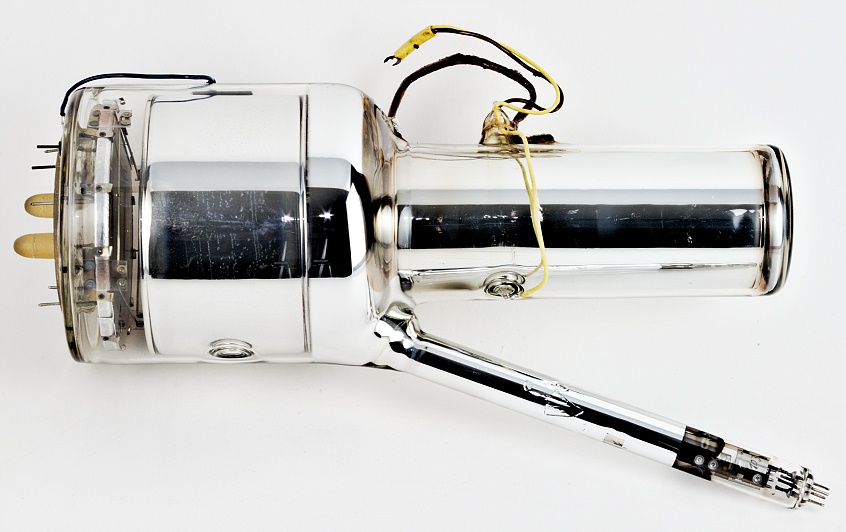
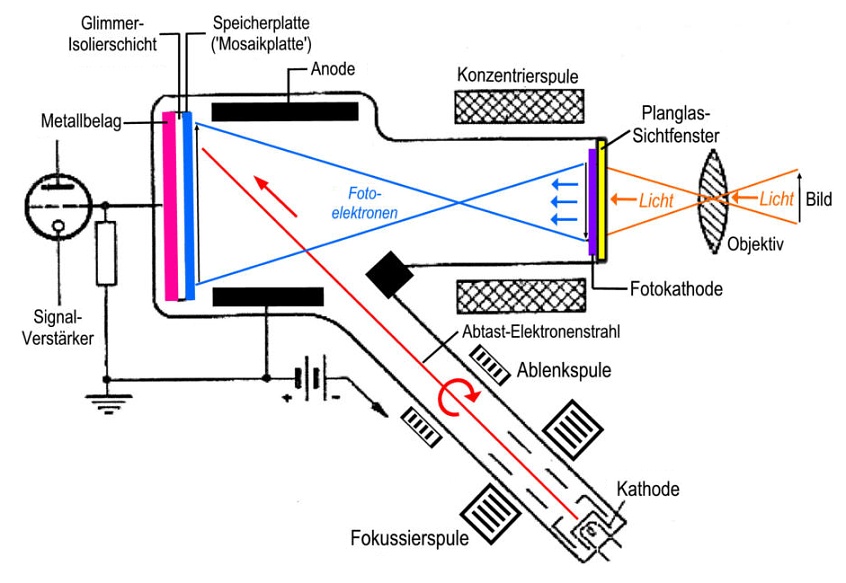
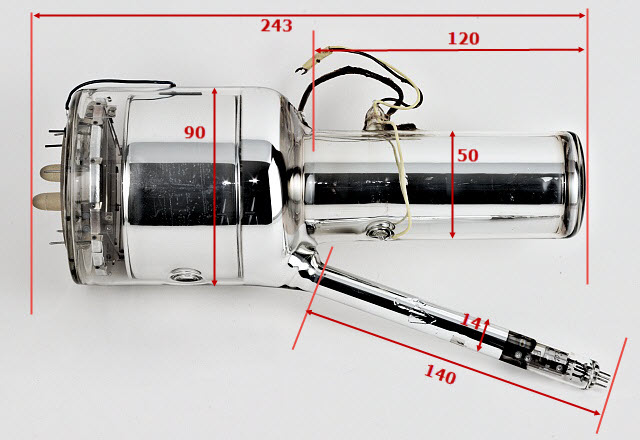
Dimensions in mm
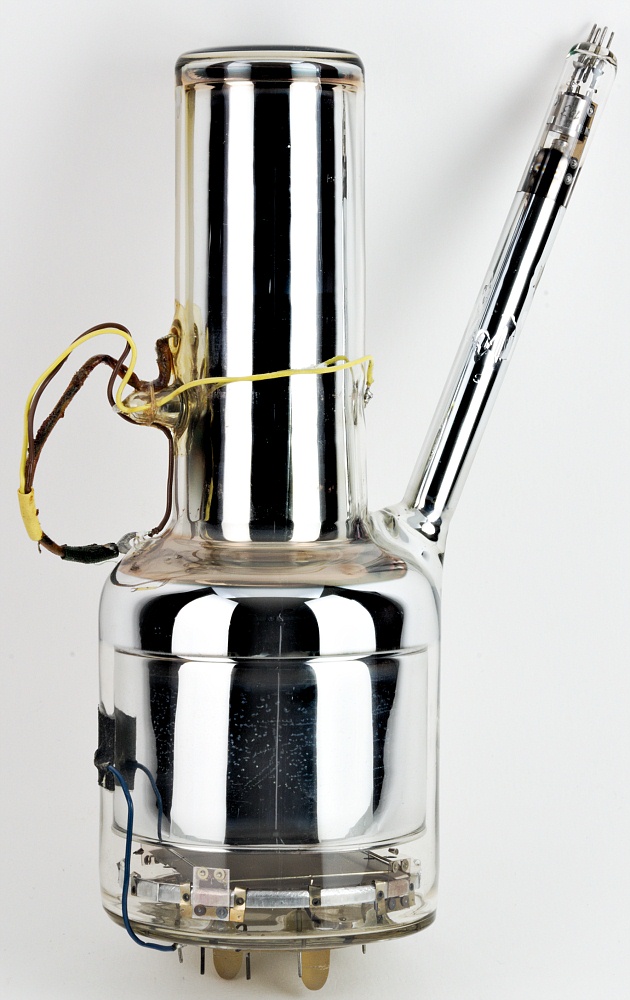
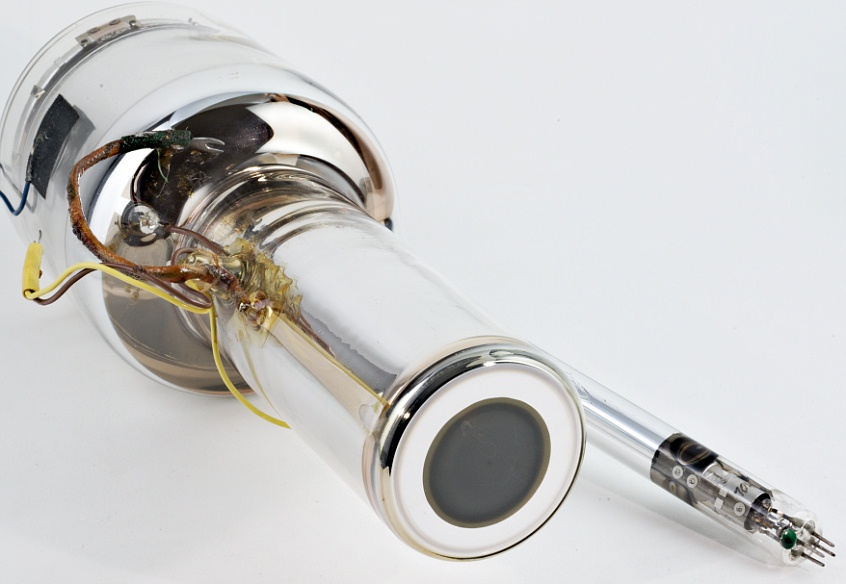
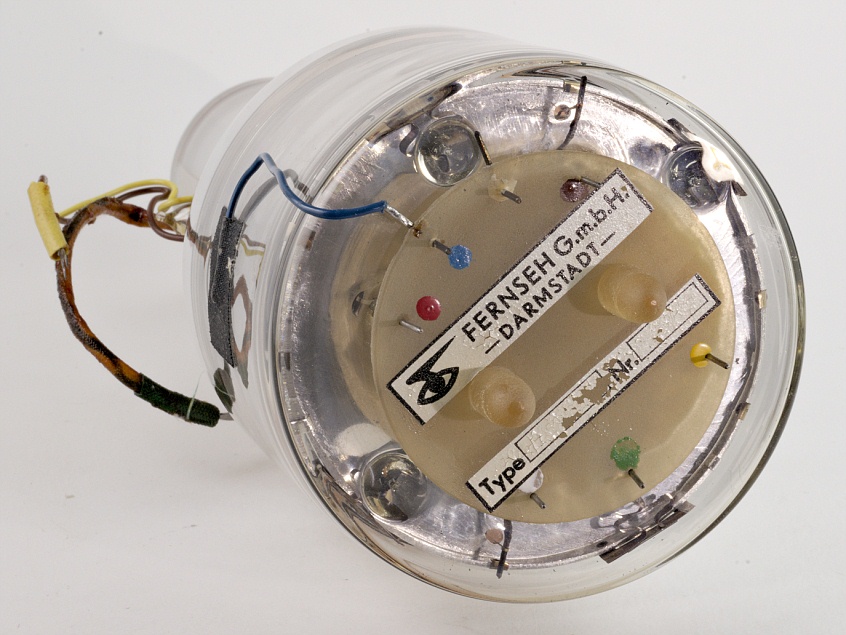

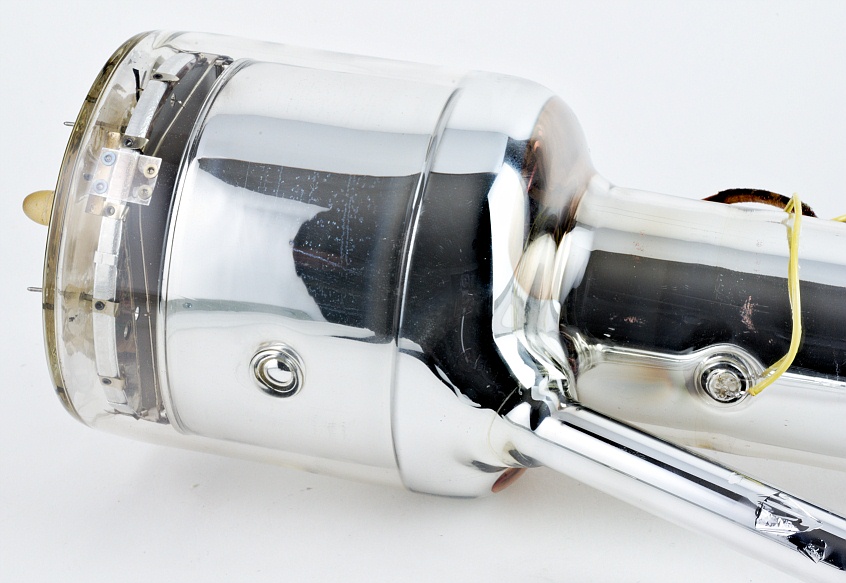
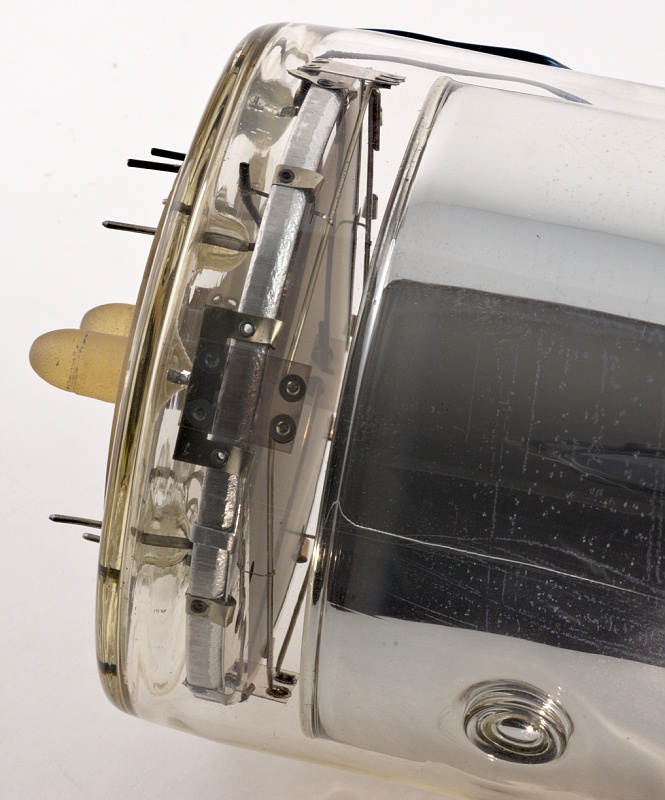
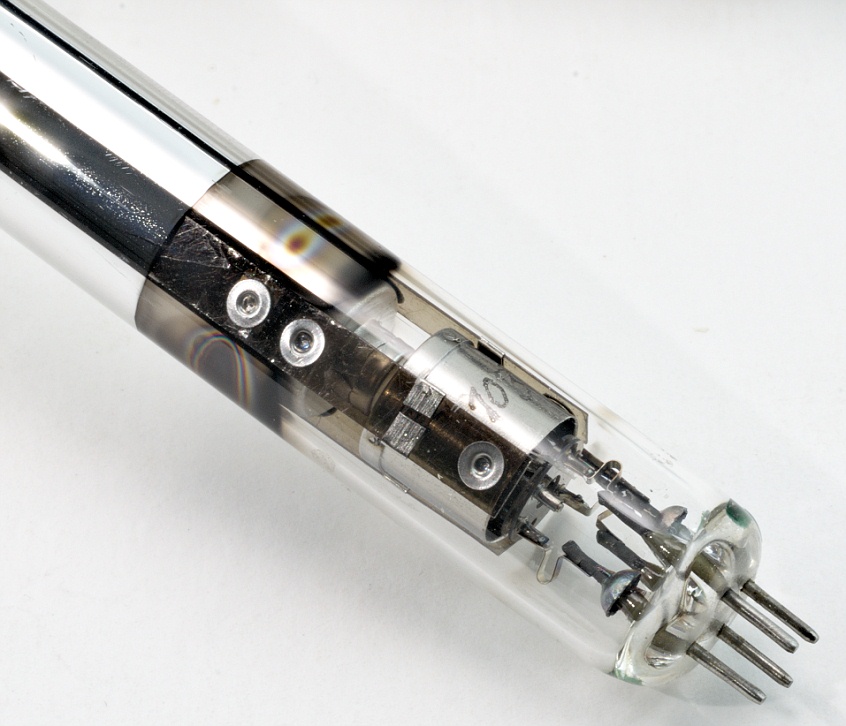
Le contenu de ce site est sous copyleft  The content of this site is under copyleft
The content of this site is under copyleft  Der Inhalt dieser Website steht unter Copyleft
Der Inhalt dieser Website steht unter Copyleft
